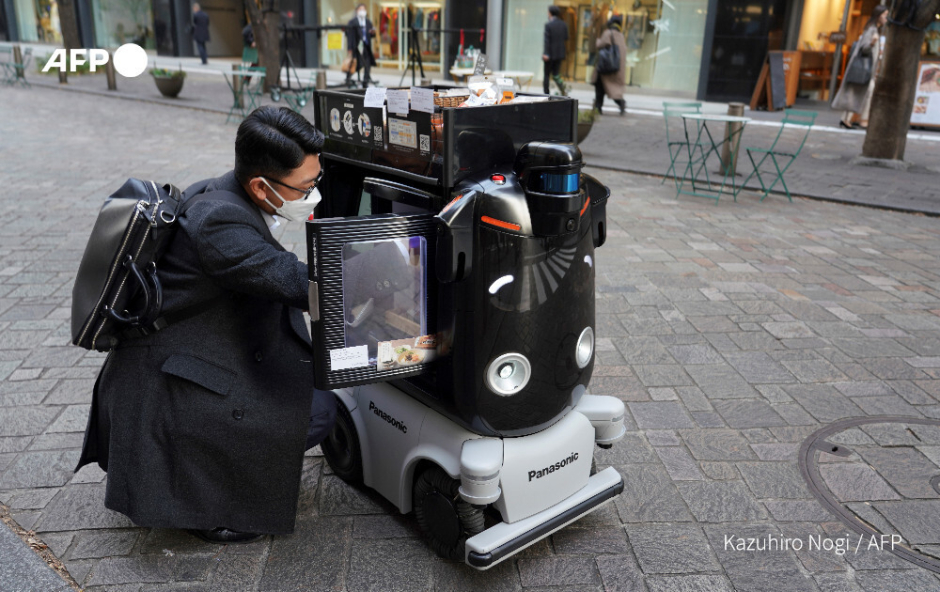Revised traffic laws are going to be launched in Japan in April that is aimed to allow self-driving delivery robots to navigate streets across Japan. The management hopes that the machines could eventually help elderly people in depopulated rural areas get access to goods, while also addressing a shortage of delivery workers in a country with chronic labor shortages.
There are challenges to overcome other than traffic laws, acknowledges Hisashi Taniguchi, president of Tokyo-based robotics firm ZMP, including safety concerns.
“They are still newcomers in human society, so it’s natural they’re seen with a bit of discomfort,”
In the beginning, the delivery robots aren’t going to be operating entirely alone, with humans monitoring remotely and being able to intervene. Taniguchi said it’s important the robots “are humble and lovable” to inspire confidence.
ZMP has partnered with behemoths such as Japan Post Holdings in its trials of delivery robots in Tokyo. Its DeliRo robot aims for a charming look, featuring big, expressive eyes that can be made teary in sadness if pedestrians block its way.
“Every kid around here knows its name,” he said.
There is a serious purpose behind the cuteness. Japan has one of the world’s oldest populations, with nearly 30% of its citizens aged over 65. Many live in rural areas that lack easy access to daily necessities.
Labor shortages in its cities and new rules limiting overtime for truck drivers also make it hard for businesses to keep up with pandemic-fuelled e-commerce and delivery demands.
“The shortage of workers in transport will be a challenge in the future,” said engineer Dai Fujikawa of electronics giant Panasonic, which is trialing delivery robots in Tokyo and nearby Fujisawa.
“I hope our robots will be used to take over where needed and help ease the labor crunch.”
Labor shortages are a major problem in big cities and new rules limiting overtime for truck drivers also make it difficult for businesses to keep up with pandemic-fueled e-commerce and delivery demands.
Similar robots are already in use in countries such as Britain and China but there are concerns in Japan about everything from collisions to theft.
Regulations set a maximum speed of 6 kph, meaning the “chances of severe injury in the event of a collision are relatively small,” said Yutaka Uchimura, a robotic engineering professor at Shibaura Institute of Technology.
“But if a robot moves off the sidewalk and collides with a car due to some discrepancy between the pre-installed location data and the actual environment, that would be extremely worrying,”
Panasonic says its Hakobo robot can judge autonomously when to turn as well as detect obstacles, such as construction and approaching bikes, and stop.
Read More:












